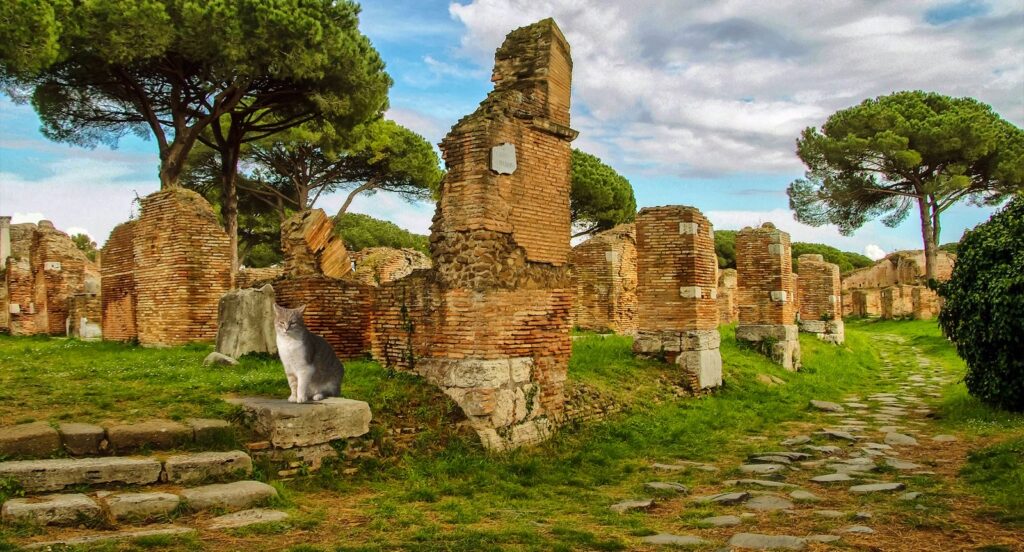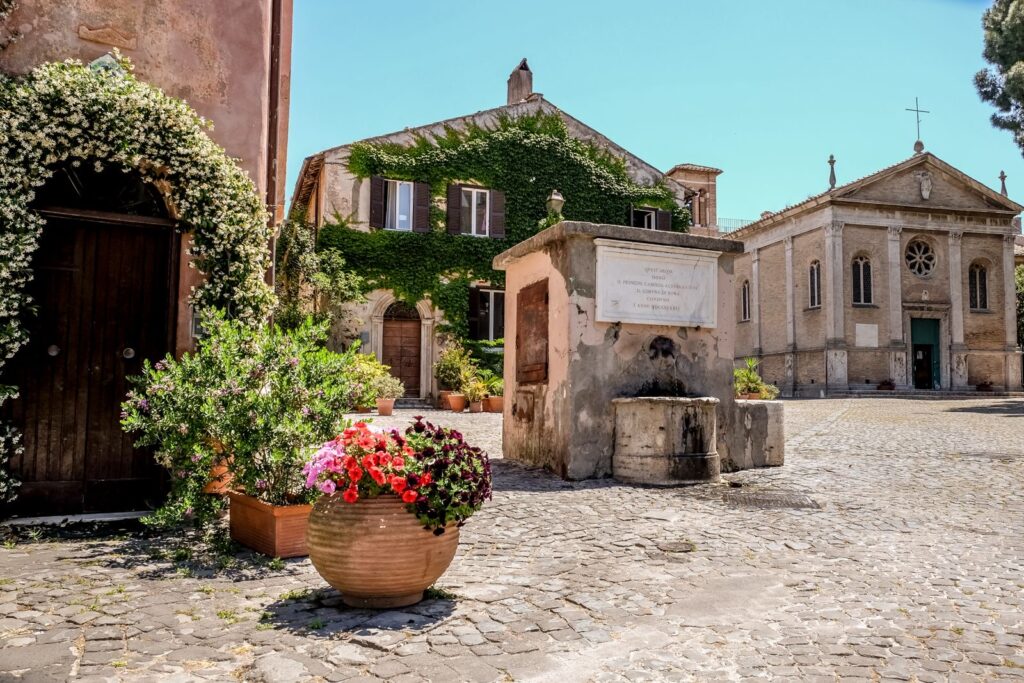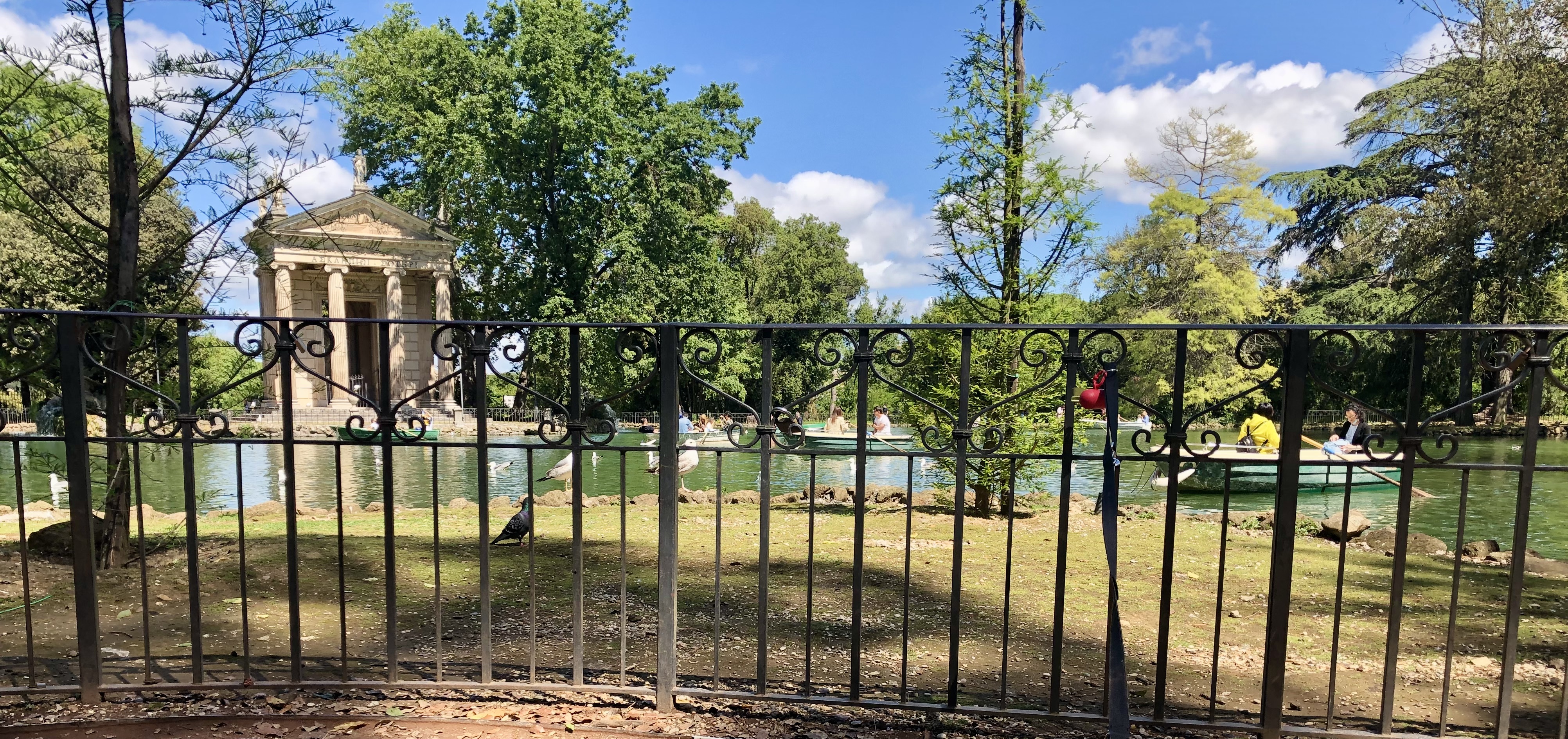Ostia Antica

The theatre that still lives
“Ubi vixit, vivet”
Why visit Ostia Antica instead of Pompei? It’s a challenge for my guests and an opportunity to introduce a gem close to Rome, avoiding a stressful journey without fully enjoying the beauties of Roman civilization from the past. When I suggested it, the guests were enchanted. So here’s why Ostia Antica is worth your time especially if your trip is just for a few days:
Proximity to Rome: Ostia Antica is significantly closer to Rome, located just 30 kilometres southwest of the city. This makes it an easily accessible day trip, allowing you to spend more time exploring and less time travelling.
Fewer Crowds: While Pompei tends to attract large numbers of tourists, Ostia Antica is often less crowded. This quieter atmosphere makes for a more relaxed and intimate exploration of ancient ruins.
Well-Preserved Site: Ostia Antica is remarkably well-preserved and offers a comprehensive look into ancient Roman life. The site was the location of the harbour city of ancient Rome and played a crucial role in the trade and supply of goods to the capital.
Diverse Architectural Styles: The city showcases a variety of ancient architectural styles and public buildings, including baths, temples, theatres, and apartments, offering a broad perspective on Roman urban planning and daily life.
What can you see in Ostia Antica?
- Theatre of Ostia: An ancient Roman theatre that could seat around 3,500 spectators. It’s still used for performances today, providing a unique blend of historical ambience and contemporary entertainment.
- The Forum: The centre of civic life in Ostia, surrounded by important public buildings and temples, including the Capitolium and the Temple of Rome and Augustus.
- Thermopolium: An ancient Roman fast-food restaurant complete with a counter and frescoes, offering a glimpse into the daily dining habits of Romans.
- The Baths of Neptune: Famous for their stunning mosaics depicting Neptune and Amphitrite, showcasing the artistry and luxury of Roman bathhouses.
- The House of Diana: An example of a Roman apartment building, providing insight into residential life in ancient times.

Tips for food and Enjoyment
Water, casual dress with a waterproof jacket and good walking shoes are recommended.
A day spent outdoors among archaeological finds, under the wonderful Roman pines, caressed by the nearby sea breeze can stir your appetite.
So bring along a good picnic or stop at one of the many trattorias in the village of Ostia Antica in the castle of Julius II, where you can enjoy a truly simple Roman meal (piazza Ravenna Bistrot – Piazza Ravenna 7 – phone +39-06 5650542). One of my favorites, a little further is “il Frantoio – Via di Castel Fusano, 23/A – phone: +39 0683086501 (at 20 min. walk).

Have I convinced you? Seeing is believing.
How to get there: You can use a private car or public transport: Metro A: Spagna to Termini + Metro B: Termini to Eur Magliana +Train RomaLido to Ostia Antica (approx 1 hour)
Photos made by Roberto Berrettini (www.robertoberrettini.com)



